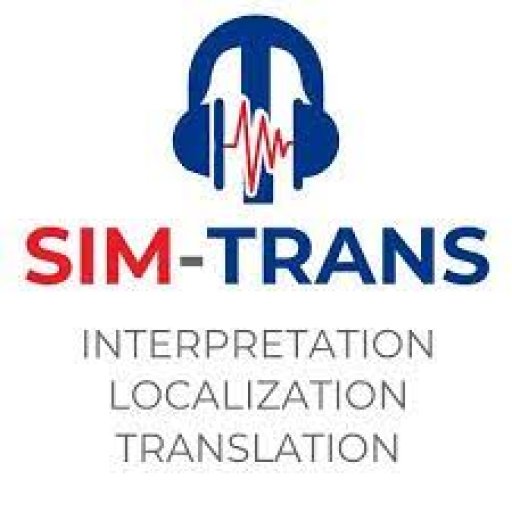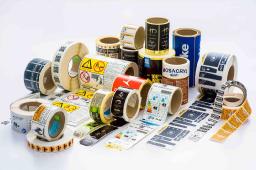


When it comes to printing and packaging, the terms coating and ink often come up, and while they may seem similar, they serve very different purposes. Whether you're a business owner, designer, or someone exploring printing solutions for the first time, understanding these two components is essential.
In this blog, we’ll explore the key differences between coating and ink, how they’re used, and why they matter—especially in modern applications like rotogravure ink printing. If you are interested in inks and coatings then click here.
Ink is the substance used to create images, text, and designs on surfaces like paper, plastic, film, foil, and more. It’s made from pigments or dyes, solvents, resins, and other additives that help it adhere to the surface and dry properly. The type of ink used depends on the printing process, the material being printed on, and the product's end-use.
For example, rotogravure ink is a specialized type used in rotogravure printing, a high-speed printing process commonly used for flexible packaging, wallpaper, magazines, and labels. This ink must be smooth, consistent, and durable, as it’s transferred from engraved cylinders directly to the material.
Coating, on the other hand, is a transparent or semi-transparent layer applied over ink or bare surfaces. Its main job is to protect the printed material, enhance visual appeal, and sometimes add specific properties like scratch resistance, gloss, or matte finish.
Coatings can be applied after printing (post-print coating) or during the printing process (inline coating). They're especially useful in packaging, where products need to withstand handling, moisture, and time on the shelf.
Let’s break down the main distinctions between coating and ink in a way that’s easy to understand:
|
Feature |
Ink |
Coating |
|
Purpose |
To create text and images |
To protect and enhance the print |
|
Composition |
Pigments, dyes, solvents, resins |
Polymers, resins, water or solvents |
|
Appearance |
Visible—adds color and design |
Usually transparent or semi-transparent |
|
Application Stage |
During the printing process |
After or inline with printing |
|
Functionality |
Communication and design |
Protection and finishing |
In short, ink is for printing the content, and coating is for protecting and finishing that content.
Rotogravure ink is especially important when it comes to high-quality, high-speed printing tasks. Because the rotogravure process uses engraved cylinders to transfer ink, the ink must be very fluid yet capable of producing sharp and vibrant images. This type of ink must also dry quickly to keep up with the fast pace of production lines.
Since rotogravure ink is often used for packaging food, cosmetics, and pharmaceuticals, it must meet strict industry standards. The coating may be added afterward to provide extra protection, especially if the packaging will go through harsh shipping conditions or is exposed to heat or moisture.
If you’re working with packaging materials or printed media in the U.S., knowing the role of rotogravure ink and how coatings function can help you make better production decisions. For example, if you’re producing a product label, you might choose rotogravure ink for its quality and detail, and then apply a gloss coating for a shiny, eye-catching finish.
Still unsure how this applies to you? Here are some everyday products where coating and ink work together:
If you're developing a printed product or package, here are a few tips:
The difference between coating and ink is simple yet essential: ink brings your design to life, while coating protects and elevates it. Whether you're working on food packaging, promotional materials, or any printed surface, understanding how these two elements function together can significantly impact the look, feel, and durability of your final product.
And if you're using rotogravure ink, you're already aiming for top-tier quality—just make sure your coating choice supports that goal.
| No comments yet. Be the first. |